Up Next

As our writers continue to pick their highlights of The Race’s 2021 content, Deputy Editor Valentin Khorounzhiy revisits our writers’ verdicts on Netflix’s Drive To Survive and how it can improve for its fourth season.
“F1’s Netflix documentary is here to stay, and rightly so given its impact and entertainment value. But it still hasn’t tapped into its full potential – and, ahead of season four, a critical look at the third season’s shortcomings is a cathartic read – and hopefully prophetic – read.”
Drive To Survive must keep improving if it is to live up to the anticipation the Formula 1 community has for what is now a familiar and worthy part of the pre-season ritual.
The latest season of the Netflix docuseries dropped on Friday morning with drivers and teams playing up to the new release and fans binging on the episodes immediately – with journalists and editors at The Race joining them.
Before we go any further we should stress two things. If you haven’t already blitzed season three, a warning: this article contains spoilers. And second, we like Drive To Survive. We think it’s a strong addition to F1’s portfolio, it’s been successful in engaging existing fans and attracting new ones. So any criticism offered by our writers should be considered constructive.
The Netflix series stands alone in being able to weave together behind-the-scenes footage, one-on-one interviews, and dramatic on-track moments.
But when watching the new season four of our own – F1 journalists Edd Straw and Scott Mitchell, The Race Editor Matt Beer and Deputy Editor Val Khorounzhiy – felt some established oddities and new frustrations were impinging on the series’ overall quality.
Drive To Survive’s full potential is enormous. Here’s what we believe is required to unleash it.
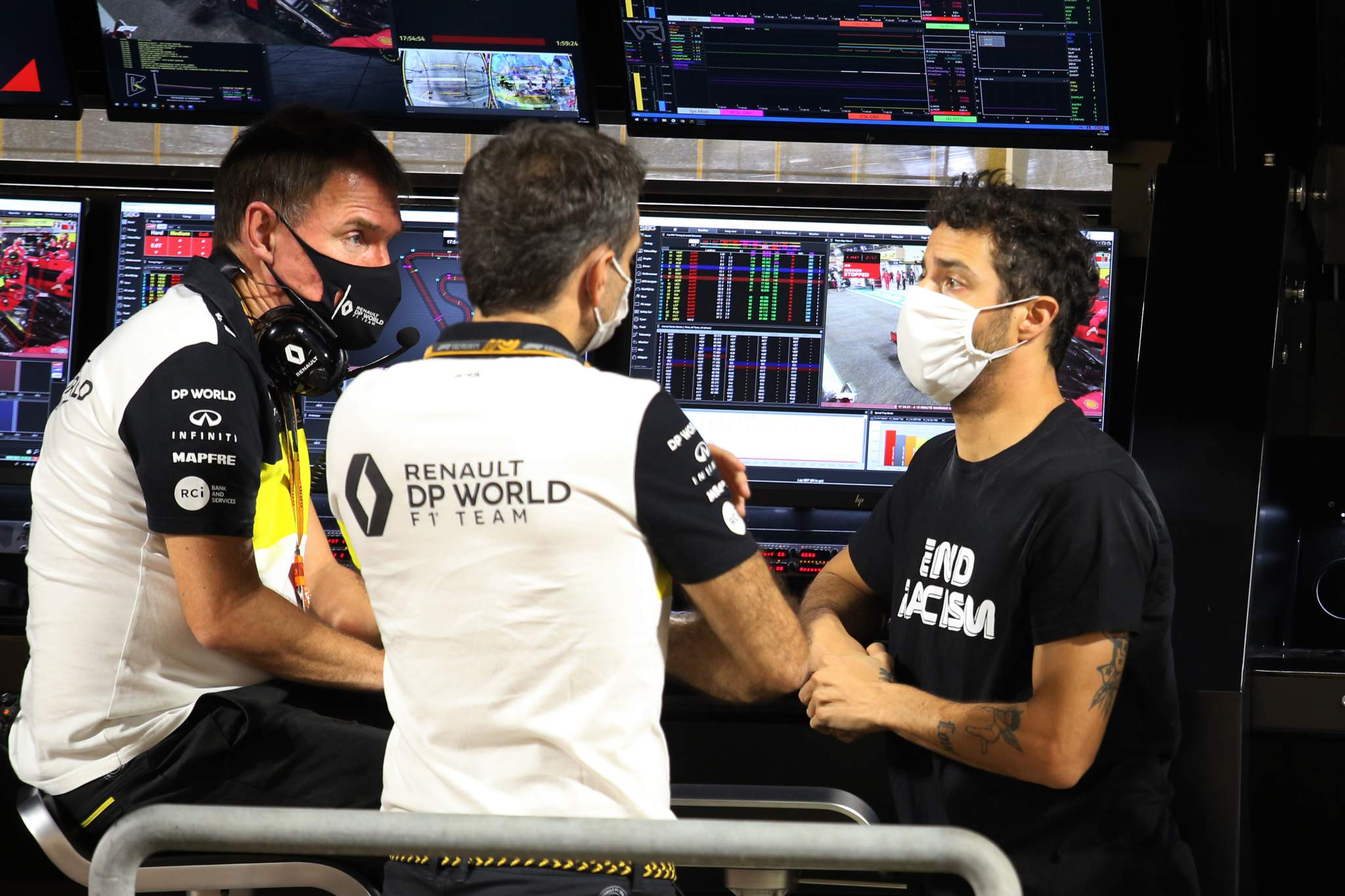
FOCUS ON WHAT THIS STYLE DOES BEST
Scott Mitchell
Drive To Survive has to serve a wide audience, and I’m always wary that I’m not the main target given I am fortunate enough to follow every weekend in microscopic detail and (in normal circumstances) would be in the paddock the majority of the time too.
However, the sheer excitement that builds up around F1’s dedicated fanbase, including teams and drivers, shows that the expert side of the F1 community is watching. This means there’s a good chance a lot of the audience know what happened on-track and if they wanted to rewatch it they could just buy the season review.
To me, it’s the off-track stuff that’s so entertaining. I’m not too proud to pretend I knew everything that happened in the first couple of seasons of Drive To Survive. In fact, I watched season three with anticipation for what I’d learn.
I felt like it was less than in previous years, despite me not actually being in the paddock in 2020. I couldn’t help but wonder if the coronavirus pandemic meant the Netflix cameras and microphones simply captured less than before. Maybe that had an impact on the storytelling.
There were still great moments – Episode 5, ‘The End of the Affair’, is by far my favourite, as it captures the moment Renault’s top dogs learn the outcome of the Racing Point brake ducts case, and the initial frostiness between Cyril Abiteboul and Daniel Ricciardo.
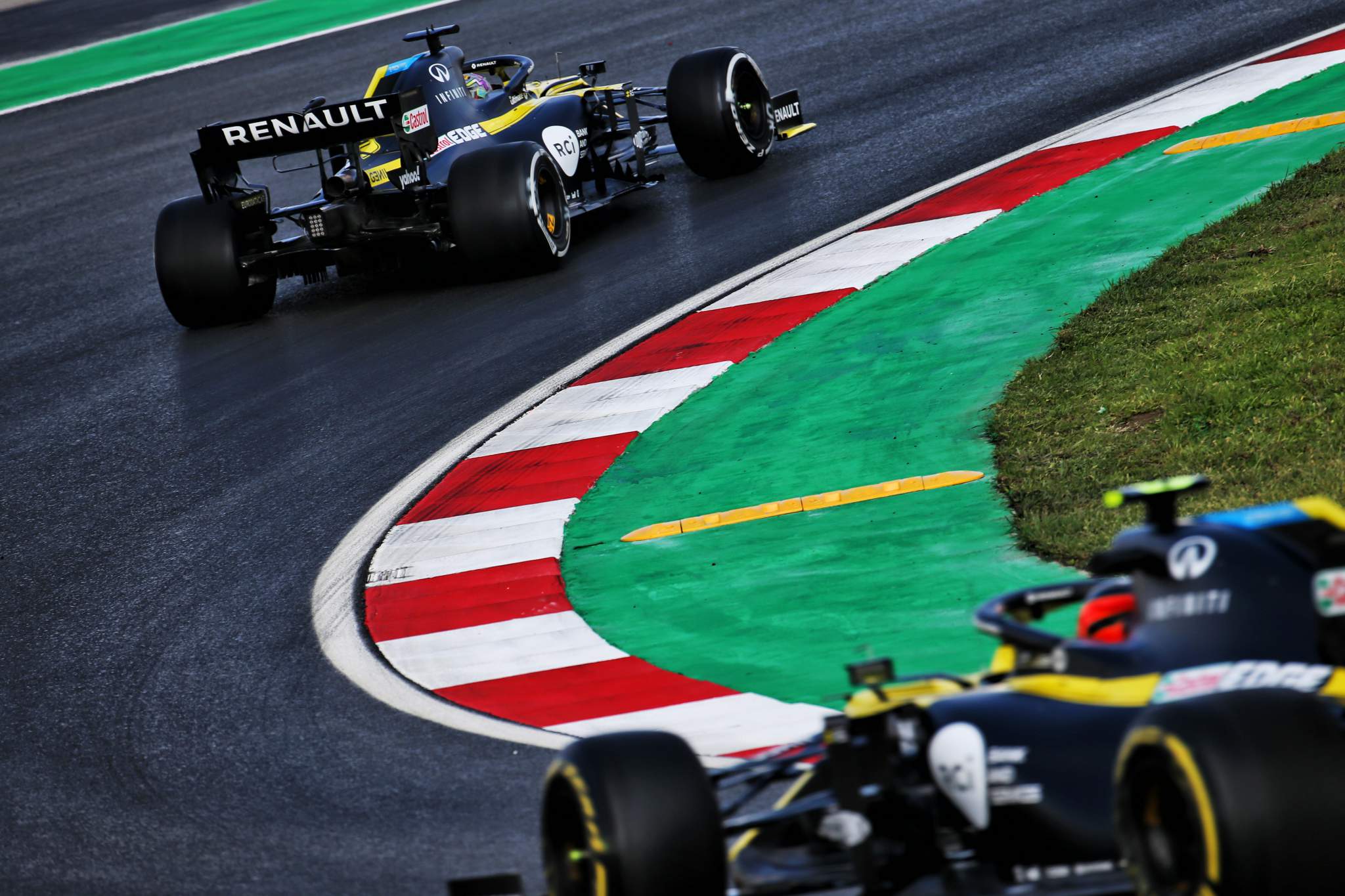
But one of the great underlying frustrations watching any given episode was the time devoted to over-the-top on-track sequences, which often weren’t actually quite what happened, and less of the candid off-track stuff.
My colleagues will dive into more specific (and sometimes alarming) examples of some of the editing choices and the consequences, but I felt like this season drifted a little from what Drive To Survive has done best in the past.
If that is simply a consequence of the paddock rules last year (and fewer races) then maybe season four of the show will be much of the same in a year’s time, given F1’s still operating under tight COVID-19 restrictions.
But even if so, that might be a red herring – if possible, final-round one-on-one interviews with Sergio Perez and George Russell would be a better thing to have prioritised at the end of the year to react to the shockingly dramatic Sakhir GP and do that story justice.
Even without hardcore behind-the-scenes stuff there it would have captured a more raw, emotive and authentic story than the McLaren episode did. And those stories are Drive To Survive at its very best.
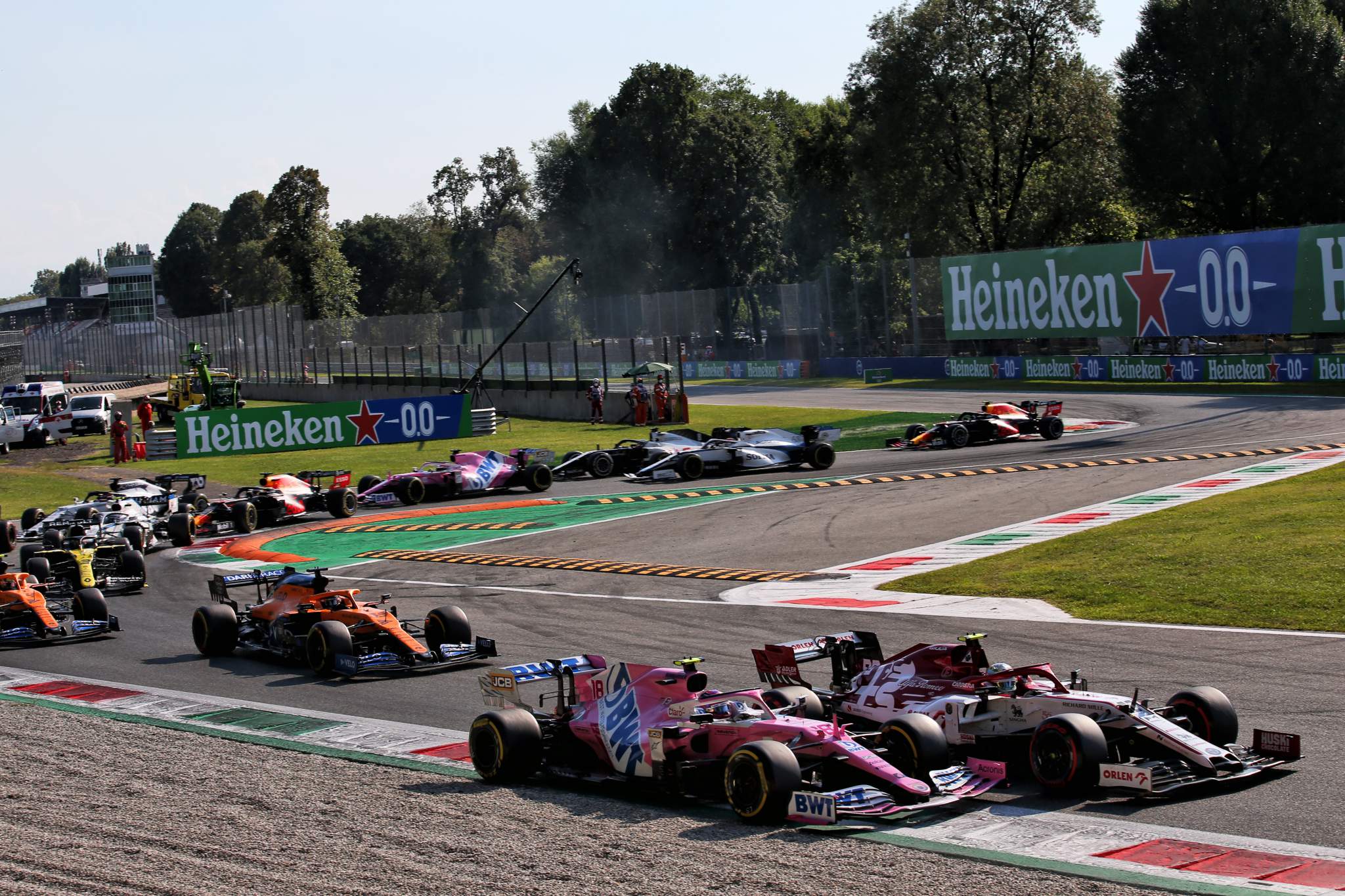
TREAT THE ON-TRACK ACTION WITH MORE RESPECT
Edd Straw
Drive to Survive’s strength has always been the behind-the-scenes access that yields countless vignettes to tell the off-track stories. But it’s handling of matters on track, in particular when it comes to the editing, has always been patchy.
With any documentary, you select your narrative and tell the story as effectively as you can within the available material. Sometimes, it is necessary to take liberties in order to get round gaps in the available footage.
Perhaps the most famous example of this in motorsport documentaries is in the film Senna, regarded by many as the high-water mark for the genre and certainly a masterpiece of editing. But for a section talking about Senna’s stunning 1988 pole position lap, the onboard footage is from a different year out of necessity.
The editing in Drive to Survive is understandably at a lower level, but even setting aside the commitment to rapid-cut style that can make it a disjointed watch there are problems. The series is part of F1’s outreach, so the lack of respect for the on-track action that’s the centrepiece of the sporting product is odd.

Take the second episode, which focuses on the Austrian Grand Prix. Norris starts the final lap a net 0.530s behind Hamilton, who has a time penalty coming his way and therefore Norris has a shot at stealing a podium finish.
Curiously the attempts to create tension seem not to focus as much on the stopwatch as you would expect them to. But completely unnecessary is the choice to create a curious discontinuity with the footage.
First, there’s an onboard shot of Norris heading into Turn 1, which is followed by an external shot from Turn 9. It then switches to the garage, back to an onboard of Norris from the apex to the exit of Turn 8, cutting to another onboard that does appear to be on the run up the hill out of Turn 1, then back to the garage.
We then get an external shot of Norris turning into Turn 1 agin on a different lap earlier in the race with a Ferrari behind him. Several shots follow but in roughly the right order, at one stage showing Norris onboard heading to Turn 7 with what appears to be Charles Leclerc’s Ferrari visible several seconds up the road – as was the case on the final lap.
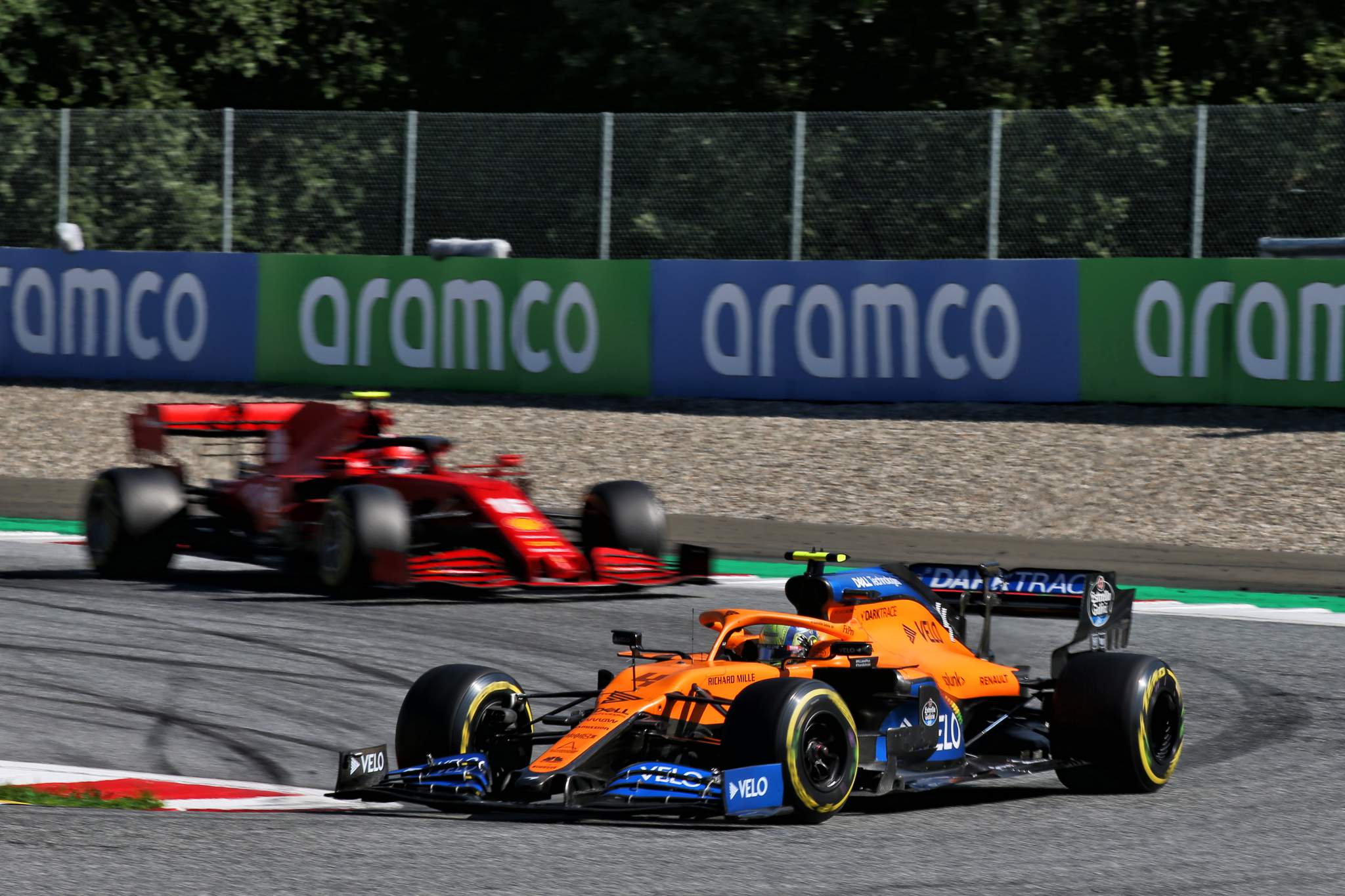
It then cuts to an external shot of Norris entering Turn 7 with Leclerc right behind him. Beyond the annoyance of that inaccuracy, the storytelling of Norris’s dramatic last-lap charge isn’t well served by having a Ferrari seemingly stuck behind him.
The series is riddled with such inelegant selection of track footage. There appears to be a lack of concern for it, a belief that one shot of a car on track is much the same as another. You can argue most won’t notice it, but why not craft the action sequences properly and avoid bringing in confusing elements like Leclerc that actually undermine the story you are telling?
While there doesn’t need to be a slavish adherence to continuity, the fact these problems happen so often shows that it’s just not something that matters to the film-makers. And this needs to be tightened up in season four.
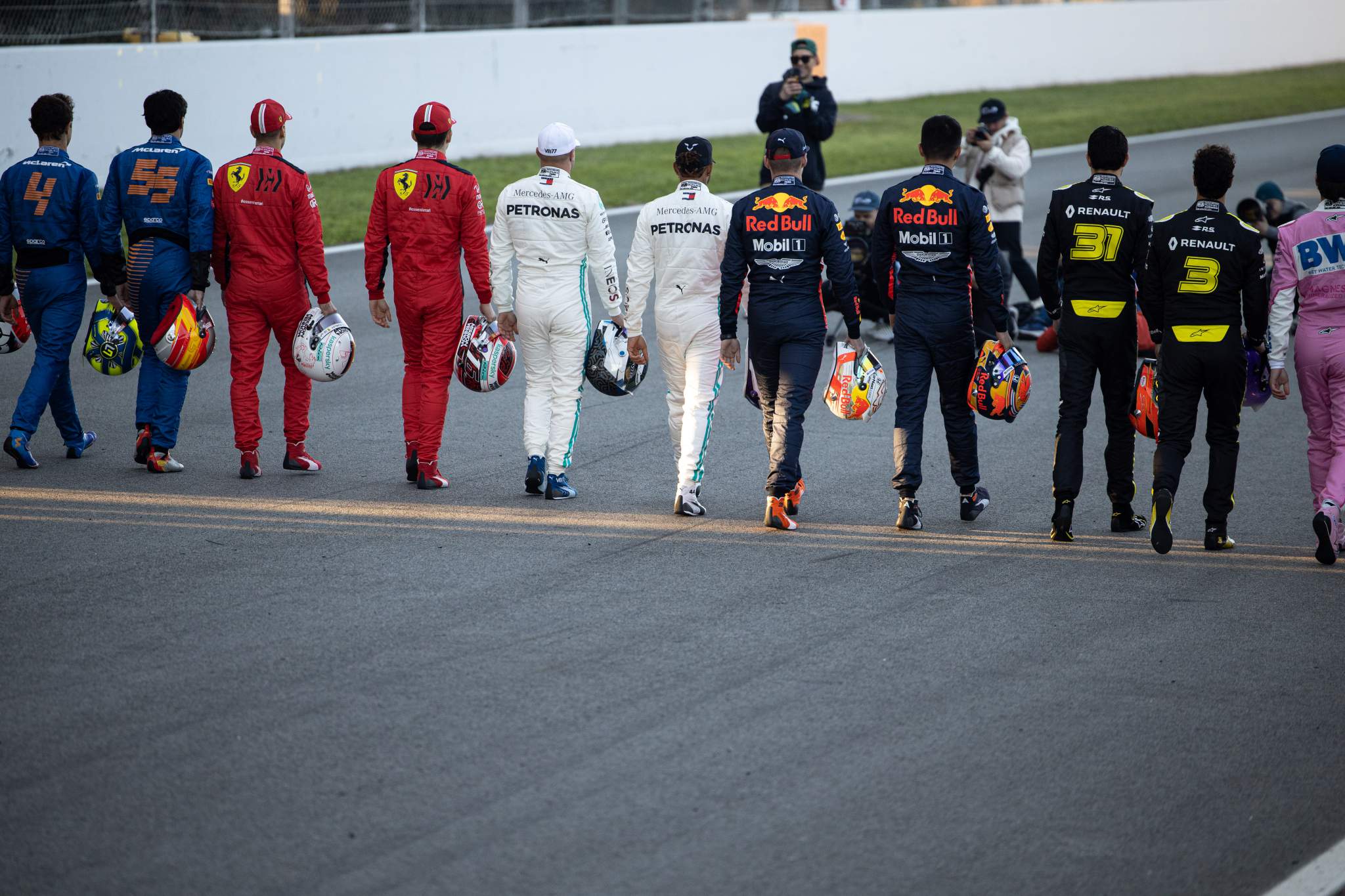
EASE OFF ON THE TWISTED NARRATIVES
Val Khorounzhiy
Nearly any docuseries will have moments where the makers have had to get creative with footage or slightly distort the sequence of events, either for dramatic convenience or for resource-related reasons.
Drive to Survive is no exception, and that’s fine. Nobody but the most hardcore fans are likely to notice when the series, in the middle of its Abu Dhabi GP storyline, suddenly cuts to a shot of Fernando Alonso watching what is clearly the Sakhir GP instead, and those who do notice shouldn’t really care. Sometimes you have to cut corners in production.
But there’s a problem when footage, audio and chronology are manipulated with the express purpose of crafting a storyline that the real world has not produced for you.
The Carlos Sainz Jr – Lando Norris rivalry episode is a real low point of season three and the whole series, and nowhere is that more evident than in one particular mid-episode sequence. A few minutes after Norris is hinted at being the team boss’s favoured driver, Sainz is shown to be aggrieved at an instance of team orders in the Styrian GP and confirms in a later interview these had made him “angry”. And when he’s angry, Sainz adds, he occasionally acts out through “a small gesture”.

We then cut to preparation for a joint interview with the two McLaren drivers, during which Sainz yanks a chair from under Norris. In the episode’s context, there is no way to interpret this as anything other than this being Sainz’s “small gesture” from the narrative. But the problem – beyond taking a light-hearted friendly prank and giving it some deeper meaning it in no way carried – is that the clip in question appears to belong to an F1 TV interview from a week before the team order situation in question.
Once you notice something like that, the series house of cards loses a foundation or maybe even topples completely. If the creators have manipulated this particular storyline, who’s to say they haven’t done it with every other one? Who’s to say there aren’t other cases of judicious editing that may have misled the viewer?
Suddenly, you begin to look for the trickery – and it doesn’t take long to find it. In another example, an episode earlier, as an Alfa mechanic appears to be berating questioning Antonio Giovinazzi’s performance, the words heard clearly do not match his lip movement.
Yes, the temptation to ramp up the drama to attract a new audience to F1 is understandable, but the viewers – whether it be existing F1 die-hards or people who have never ever seen an F1 race – must not be deceived about any aspect of the thing they’re watching the show about. Truthfulness should always be the overriding principle.
So let’s do away with all storyline-manufacturing entirely, and show F1’s conflicts and dramas as they are. There are plenty of both, and enough intensity within them to make them worth covering.
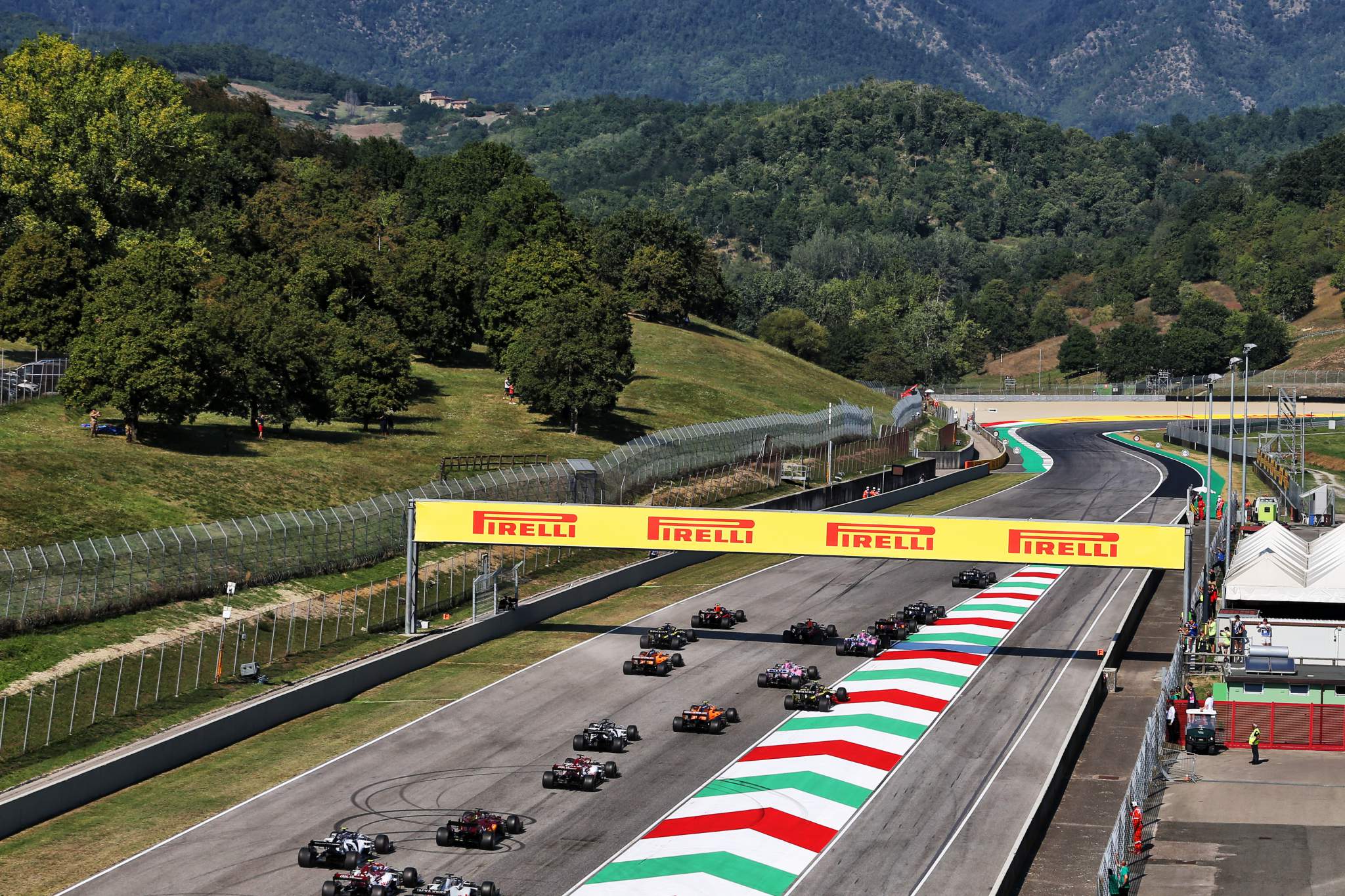
MORE CAPTIONS OR NARRATION
Matt Beer
There are times when I find it hard to imagine if I’d be able to join all the dots of events together just from the interview clips and snippets of commentary if I hadn’t followed the full season already. Rather like watching a film adaptation where you’re glad you’ve read the book.
There are also moments where some of F1’s technicalities or rules specifics, or even the actual finishing positions from races could help illuminate the significance of particular developments.
The lack of narration is a deliberate choice and quite striking in how it makes the rest of the content do the talking, so I’m not sure I’d advocate a full switch to a traditional narrator. But a few captions specifying some results, or dates when things occurred, could help stop important narrative information falling through cracks that currently rely on viewers’ interpreting snippets properly or remembering it from their bank of fan knowledge.

Caption use could also bridge some of the gaps between ‘edited reality’ and actual reality. It’s striking that it’s four minutes from Romain Grosjean’s Bahrain barrier impact to him exiting the flames in the show.
We know in reality that was 28 seconds. It’s cited in the Drive to Survive episode that it was 2m43s before it was clear to live TV viewers that he was safe.
For Grosjean’s family and colleagues it would’ve felt like hours regardless, so the actual minutes and seconds really make little difference and Netflix’s treatment of the crash and escape are appropriately affecting.
But I felt a little uncomfortable for the heroes involved in his rescue that the swiftness wasn’t clear, and perhaps that’s a case where an on-screen caption specifying the details could’ve filled that gap without sacrificing the visceral emotional impact that the footage of the fire and pitlane reactions creates.










